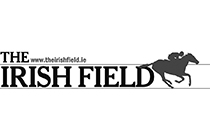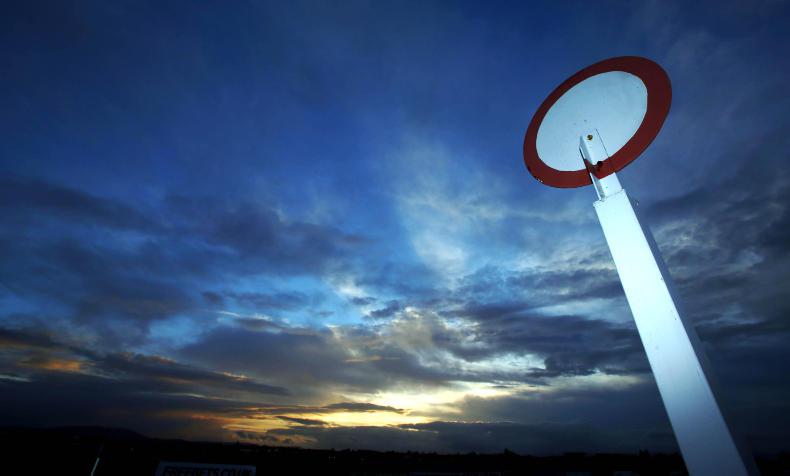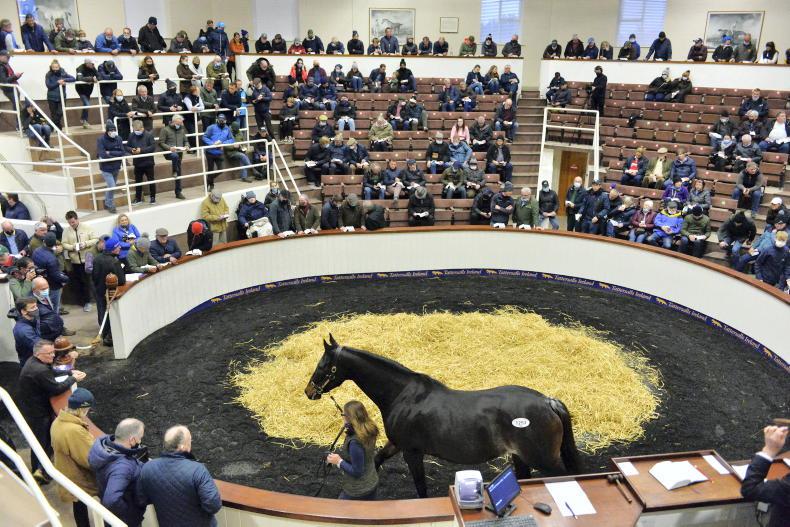THE trojan horse was the Everest. An idea unashamedly lifted from the Stronach Group’s Pegasus World Cup, with both races conducting their inaugural editions in 2017.
Held at Randwick racecourse and built on individuals or companies owning ‘slots’, the Everest is now the richest turf race in the world at A$15 million, and like the Golden Slipper and Magic Millions is held at the sugar-rush distance of 1,200 metres.
Four years in, the Everest can only be summarised as a raging success, with attendance, turnover and the mainstream media all on-board. The controversy of staging the race on Caulfield Guineas day in Melbourne has long been forgotten.
Traditionally, that was the start of the Melbourne Spring Carnival with Sydney having wrapped up the majority of their spring feature racing by that stage.
With Peter V’Landys at the helm, a polarising character by any measure, the Everest was just the beginning. Racing New South Wales has introduced race after race; million dollar races for the regions, The Hunter, The Gong, The Kosciuszko, as well as seven figure races, the Bondi Stakes, The Invitation, Classique Legend Stakes, Golden Gift, and the $7.5 million Golden Eagle held at Rosehill on Victoria Derby Day.
Defensive
To counter, Racing Victoria created the A$5 million All Star Mile, held in March, and made all its Spring Group 1 races worth at least A$1 million, though the southern administrators are certainly on the defensive.
More and more the Melbourne Cup stands as an outlier, less representative of racing in this country as each generation of precocious colt heads to the breeding barn with Group 1 wins not beyond eight furlongs.
An own goal in the over-precautious travel protocols reduced the Cup’s modern day appeal, the challenge from the world’s best, as only Joseph O’Brien and Andrew Balding had runners.
Joseph O’Brien proved the protocolscould be managed when he sent State Of Rest to win the Group 1 Cox Plate under Corkman Johnny Allen but he felt that they were too severe to overcome in future.
Tradition is under siege and while great races will always be that, the weight of prize money is tipping the scales towards innovation.
How much horse racing can cannibalise itself depends on whether you’re talking to a racing purist or a first-time owner with a one percent share in an Everest winner, aka Redzel.
LIKE the rest of the world Australia had a view into what racing looks like as purely a ‘made for TV event’ and it wasn’t pretty. Racecourses devoid of spectators and their colour are eerie, almost deflating.
Consequently, the most significant improvement into 2022 will be re-establishing crowds and their atmosphere. Some may have moved on, found other interests during lockdowns, others can fill their place.
Fortunately Australia is heading into summer and that can create tailor-made conditions for a day at the races.
This presents an opportunity for racing clubs to reset their environment and consider how they engage with their patrons.
To assume everything pre-pandemic applies post vaccination levels of 90% is to underestimate how much cultural change has taken place. The administrators are pulling the levers at the macro level as illustrated by the amount of innovative new races are on State programs, but it’s the interactions at the micro level that will determine the experience for those clicking through the turnstiles.
The fact that Australia’s biggest car race, the Bathurst 1000, attracted more television viewers than the Melbourne Cup this year shows how quickly tides can turn.
ACROSS a number of years now we have seen the most promising colts off to stud before their time, such is the scale of earning on offer for Group 1-winning stallion prospects. Nevertheless, we pin hopes on the next wave of promising three-year-olds remaining on the racetrack beyond next spring.
Anamoe is one such colt destined for the breeding barn. The Godolphin-bred Street Boss colt won the Caulfield Guineas before being nosed out on the line by State Of Rest in the Cox Plate.
This horse has no ceiling, much like the next on this list, Home Affairs. Like Anamoe, the Coolmore-owned colt has taken on the older horses, contesting the Everest before winning a Group 1 in his own class, the Coolmore Stud Stakes at Flemington.
The straight-track sprint winner is a candidate for Royal Ascot and could be part of a contingent of Chris Waller horses heading to the northern hemisphere and Royal Ascot.
Influence
Over more ground, two other colts, both by Japanese stallions, could have a serious influence in staying races if given the time to mature.
Profondo, by Deep Impact, a $1.9 million yearling, at just his third start cleaned up his rivals, winning the Group 1 Spring Champion Stakes over 2,000 metres by two lengths giving Irishman Robbie Dolan a Group 1 success.
A month later Hitotsu, by Maurice, with Johnny Allen up stormed to a Group 1 Victoria Derby win coming from near last on the bend. None could go with him as the colt hit the line two lengths clear.
Predictions: Trainers to watch for the year ahead
WESTERN Australia’s leading trainers Grant and Alana Williams are opening a satellite stable in Melbourne, described as boutique, and they will be a success.
Significantly, they are restructuring their business to take on clients other than just Bob Peters, one of Australia’s most successful breeder/owners of the past 20 years with bloodlines developed over as much as five generations.
With Peters’ horses still involved, though at a reduced scale, Grant and Alana Williams will continue to maintain a stable in Perth but their move into Melbourne is one to watch.
Melbourne
Aside from Ciaron Maher and David Eustace who are crushing the Premiership this season with weight of numbers, 92 winners from 427 starters, the Melbourne training ranks are quite even with most top stables enjoying a strike-rates of 12-19% of winners-to-runners.
The Williams team in Perth, second on their metropolitan table have 42 winners from 133 starters at the impressive strike-rate of 33%.
While not everything translates across borders, Grant and Alana Williams will create ripples in Melbourne. How great? Time and the size of their operations will tell.
IS the streaming experience of horse racing as important as the live experience?
The format of live free-to-air racing and sports events, a staple of family life, is a known quantity.
In Australia racing.com is the best known of the streaming/web options. ITV Racing and Racing TV, as well as betting agencies supply streams and replays of races for viewers in Ireland and the UK, but where is the experience of racing?
Smartphones have the capacity to broadcast. It is relatively easy and cost-effective and doesn’t need to be confined to a studio.
Engagement
This is a space race clubs can occupy, contracts permitting, for providing a different level of engagement for members and fans. Clubs that are able to identify their goals and intentions can switch a mobile live stream.
It’s no stretch to envisage a reasonably resourced mobile team working in conjunction with racing participants to create a different point of view.


 This is a subscriber-only article
This is a subscriber-only article
 It looks like you're browsing in private mode
It looks like you're browsing in private mode










SHARING OPTIONS: